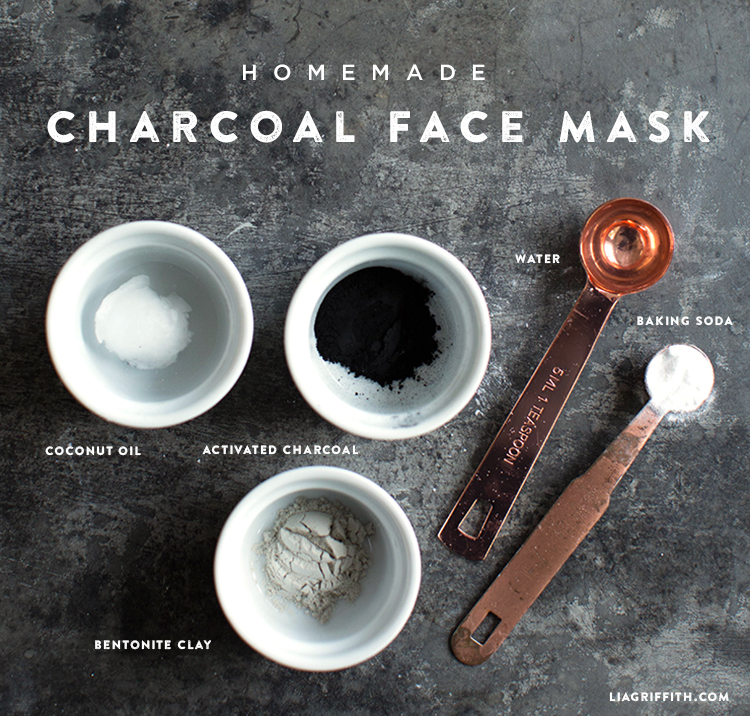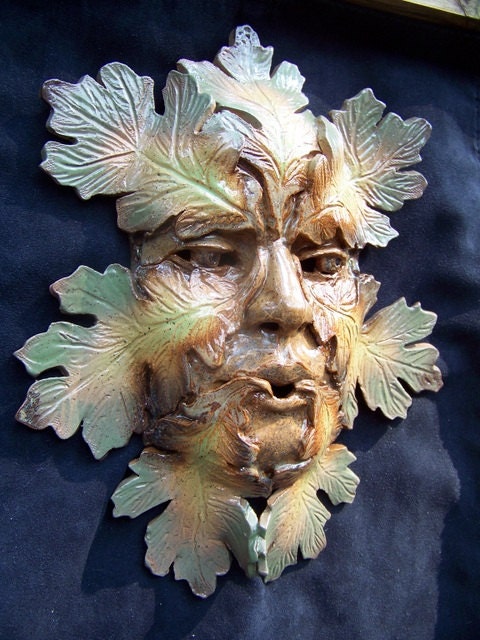10 Simple DIY Mud Masks For Beautiful Skin
Table of Content
And a good skin care regime is all you need to clear away facial impurities, which are caused by acne. Now that you’ve got a clay to work with, you’re ready to make a mud mask! There are plenty of ingredients you can use to create your mask. Because it means mud masks are basically huge magnets for all of the bad stuff in your skin. One of the best things about using mud in a face mask is that it is, after all, completely natural.
The last thing you want is to put too little or too much clay on your face. The truth of the matter is that different clays have different consistencies. For instance, thicker clays must be applied more lightly. It is a swelling clay, and when it becomes mixed with water it rapidly swells open like a highly porous sponge.
How Often Can I Use Mud Masks?
Afterwards, wash away the mud mask with warm water. This dead sea mud mask recipe should make enough for one or two uses. This recipe will only survive one week due to the lack of a preservative. Any residual product should be discarded after this time. It’s optional to add jojoba oil or rose essential oil. Jojoba offers a little bit more moisture for dry skin without being greasy or heavy.
A study also observed that the skin firmness of people who applied clay for seven days had increased drastically . Applying clay on your skin boosts collagen production. An experiment conducted on rats found that clay application increased the number of collagen fibers in their skin . Collagen is crucial for maintaining skin elasticity and preventing signs of aging. Bentonite clay is effective in treating dermatitis and allergic reactions on the skin. It acts as a barrier and prevents toxins from getting absorbed into your skin.
How to Use Clay Masks
With the inclusion of 21 beneficial minerals, a dead sea mud mask may help cleanse, soften, and detoxify the skin. Kaolin clay is white cosmetic clay, and it’s the gentlest clay. It’s great for sensitive skin, but any skin type can use it. It doesn’t absorb as much oil as do other types of clay. Kaolin clay is good for boosting circulation, so it’s often used for skin brightening masks. Fuller’s earth clay, like bentonite clay, is another great clay for oily skin.

Mix with 7.5g of warm water , until the mixture is quite liquid and watery. You can use both for those with oily skin, even though a cay mask is better for oiliness regulation. You can mix it with water until you have a ‘creamy’ texture, and then apply it to your face and leave it for a few minutes.
What Can I Add to a Clay Mask?
Store bought masks, in my opinion, don’t work as well to absorb oil and brighten my skin. The masks I make work better, and they are a lot cheaper. I buy my clay in bulk from Mountain Rose Herbs. Their quality is amazing, and my ingredients last a really long time.
Packed full of minerals and nutrients, dead sea mud is the backbone of this diy mud mask and cannot easily be substituted. It lends a purifying, anti-aging, skin softening and refining qualities to this mask. Start by mashing the cranberries in a bowl until they are pasty in texture. To make it thinner, mix in a little water slowly until it reaches your desired consistency. You’ll want the mask to be easy to apply but not too watery where it will slide off the face.
After completing a year of art studies at the Emily Carr University in Vancouver, she graduated from Columbia College with a BA in History. Jessica also completed an MA in History from The University of Oregon in 2013. If you're having trouble removing the mask, soak your cloth in hot water and place it over your face for about 30 seconds. The only problem with this product is that it’s not vegan, which I know can be a problem for many of you. In this case, try substituting it for hydrolyzed oat protein, which can be purchased from many cosmetic supply stores across the web.
Let's look at how to make this dead sea mud mask recipe. Generally, you can swap the type of clay used in DIY clay mask recipes. If you find a recipe that you like with green clay but have sensitive skin, use kaolin clay instead. If done correctly, you can get all the benefits of microneedling and clay masks. Clay masks, on the other hand, can remove impurities deeply rooted in your skin, including dead skin cells. Dull skin cells and skin cells affected by external factors like sun damage can result in an uneven skin tone.
They have somewhat similar textures, and they are both natural facial masks treatments. To remove, just wash your face and then apply the moisturizer. Use your finger to apply the mask on the face or another body area, and make sure not to rub your skin. Mud Masks are natural and remove early signs of age, skin spots, acne, and blackheads.
WikiHow is a “wiki,” similar to Wikipedia, which means that many of our articles are co-written by multiple authors. To create this article, 15 people, some anonymous, worked to edit and improve it over time. There are many different varieties of clay available, each from a different spot on the globe, with its own unique set of compounds and minerals. Daria is a content creator and social media enthusiast based in Berlin, Germany. She shares some of her work on dariagroza.com and loves to travel in her free time.
So I can easily make a year’s worth of DIY clay masks for next to nothing when compared to the store bought versions. BUT if you have a busy schedule at work or home, time (and money!) just doesn’t permit it, right? We have a wonderful DIY clay mask recipe named Mermaid Mud Mask that will make your skincare routine something you’ll always look forward to. You can choose either based on your skin type.

Like the dead sea mud, bentonite clay is great for purifying the skin by sucking out all the toxins and impurities. This ingredient works in synergy with the mud, while also thickening it so it doesn’t drip off your face. I’ve set about making a DIY mud mask recipe that will benefit both my mind and body.
If it’s not the season for cranberries, you can substitute pure cranberry juice or try a different type of berry, like strawberries. Combine all the ingredients in a non-metal bowl, adding the warm water slowly until the consistency is smooth and spreadable. Apply to the face and neck, avoiding the eye area. Leave the mask on for 10–15 minutes before rinsing off with warm water.

Comments
Post a Comment